-
Artworks
Damien Hirst Bristol, UK, b. 1965
Something must break, 2008Plexiglass and suture equipment180 × 92 × 36 cmFurther images
-
(View a larger image of thumbnail 1
)
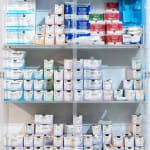
-
(View a larger image of thumbnail 2
)
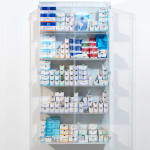
-
(View a larger image of thumbnail 3
)
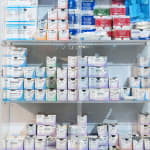
-
(View a larger image of thumbnail 4
)
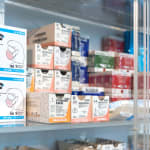
-
(View a larger image of thumbnail 5
)
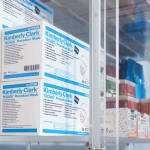
-
(View a larger image of thumbnail 6
)
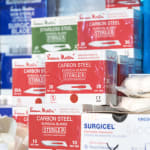
-
(View a larger image of thumbnail 7
)

-
(View a larger image of thumbnail 8
)
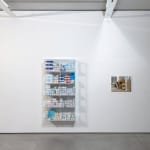
-
(View a larger image of thumbnail 9
)
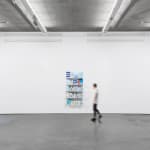
“Where did I get the idea for these glass boxes? I have always loved glass as being something dangerous and something to keep you away. you can see through it...“Where did I get the idea for these glass boxes? I have always loved glass as being something dangerous and something to keep you away. you can see through it but it is solid. I have always loved that kind of idea. I loved that, using glass in a way that it is not a picture frame.” — Damien Hirst
Hirst's iconic Medicine Cabinets extend his exploration of the relationship between art and life sciences. Drawing from fields such as physiology, pathology, natural history, and pharmacology, Hirst uses their authoritative presence to provoke a direct confrontation with the fundamental aspects of existence.
In ‘Something Must Break’, the meticulously arranged medical packages and boxes within the cabinet symbolize the progression of life itself. As Hirst explains, "the whole notion that science can actually heal, can resurrect someone... That’s science as the new religion." In this context, the medicine cabinets transcend their utilitarian function to become icons worthy of reverence. Embodying a new traditional dogma, these pharmaceutical objects offer a promise of life-extension, embodied in the antiseptic purity of chemicals and prescription medications, positioning science as a modern form of spiritual salvation.
Exhibitions
Damien Hirst. Gary Tatintsian Gallery, Mar 31–Jun 1, 2017 -
(View a larger image of thumbnail 1
)








